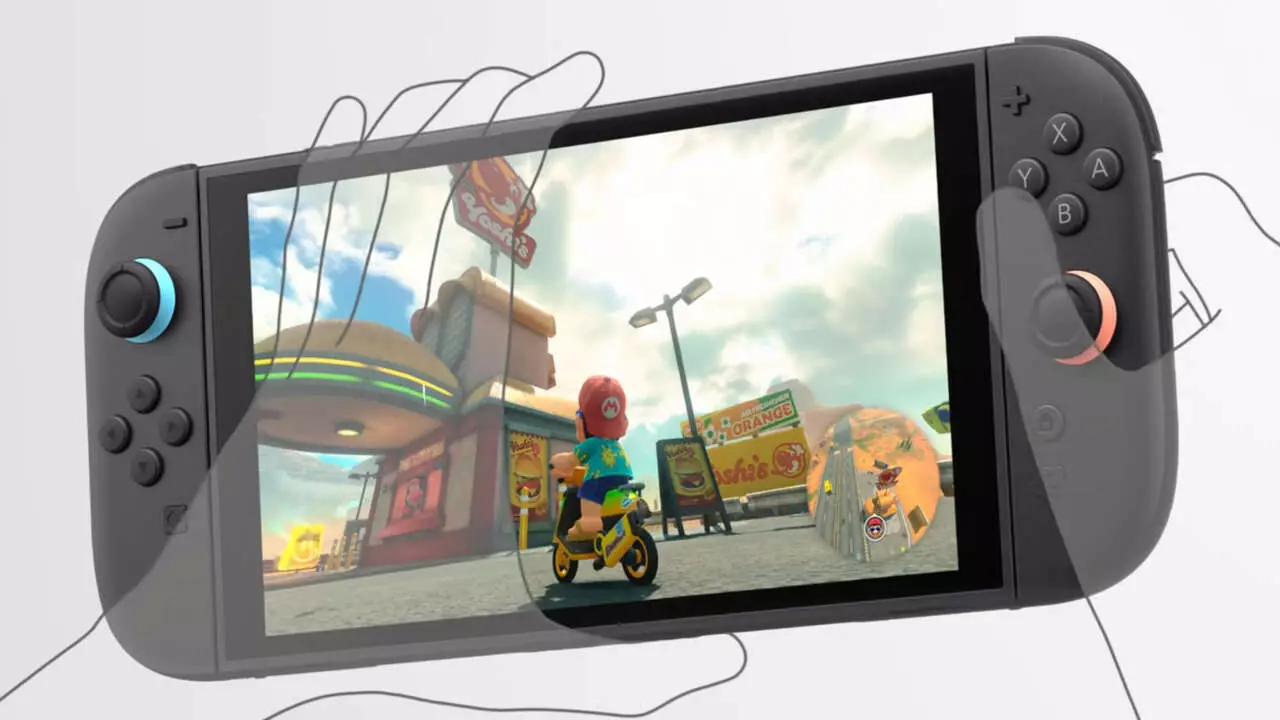Nintendo has often been at the forefront of gaming innovation, pushing the boundaries of what we expect from our consoles and gaming experiences. With the upcoming release of the Switch 2, the company has unveiled a new evolution in controller design: the magnetic Joy-Con 2. While the original design brought an unprecedented level of versatility and fun to gaming, the path to this new iteration has not been without its challenges. It is fascinating to trace how feedback from past prototypes influenced the development of today’s technology, and how an idea nearly discarded can shape the gaming landscape.
The concept of a detachable controller is revolutionary—not only does it facilitate a collaborative and shared gaming experience, but it also gives players the freedom to engage with their games in unique ways. However, Satoru Iwata’s concerns about the stability of using magnets for attachment brought important considerations into focus. The need for reliability in controller design cannot be overstated; a wobbly connection could not only frustrate players but also disrupt gameplay. Nintendo’s decision to opt for a rail system in the original Switch reflects a commitment to enhancing user confidence, a lesson that all tech companies should heed when developing new devices.
The Drive for Improvement
As Nintendo researched the potential of magnetic connections for the Joy-Con 2, the company’s determination highlights a broader theme in product development: the importance of perseverance and innovation. The idea did not simply fall by the wayside; instead, it underwent continuous scrutiny and development. This commitment to refining the concept speaks volumes about Nintendo’s culture, which values iterative design and user feedback. The excitement around the Switch 2 demonstrates not just a technological upgrade but a careful consideration of what gamers truly desire.
Kouichi Kawamoto’s remarks also underscore the importance of making gaming more accessible. Every time we see advancements aimed at simplifying interaction—like the Switch 2’s focus on intuitive attachment processes—what we witness is a broader goal of inclusion within the gaming community. Enabling even children to safely handle and attach their controllers empowers the next generation of gamers and fosters earlier engagement with interactive entertainment.
Breaking New Ground with Technology
But the magnetic Joy-Con 2 is merely one aspect of a broader technological overhaul. Nintendo appears poised to redefine the gaming environment with exciting new features, such as support for HDR and 4K resolution. In a landscape where graphical fidelity and performance are paramount, this leap into higher visual quality ensures that Nintendo remains competitive in an ever-evolving marketplace.
Additionally, the introduction of features such as larger thumbsticks and even a dedicated GameChat button highlights Nintendo’s commitment to enhancing user experience while keeping pace with the demands of a modern gaming audience. The decision to develop features that engage gamers socially speaks directly to the community-oriented nature of gaming today. The digital world is highly interactive, and Nintendo’s move to enhance communication between players shows foresight and understanding of the industry’s trajectory.
Looking Ahead: Anticipated Titles and New Opportunities
No discussion of the Switch 2 is complete without considering the exclusive titles on the horizon, which promise to draw players back into beloved worlds. Games like Mario Kart World and a sequel to Kirby Air Ride signal a return to nostalgia while simultaneously embracing new gameplay mechanics and technology. Each announcement not only excites fans but also solidifies Nintendo’s role as a groundbreaking developer capable of breathing new life into classic franchises.
Furthermore, strategic pricing, like the announced $500 Switch 2 Mario Kart World bundle, suggests Nintendo is not only considering the creative aspects of console design but the market dynamics as well. It’s a potent reminder that while innovation is critical, understanding the consumer landscape remains vital, especially in an age defined by budget-conscious decisions.
This new-generation console encapsulates a journey—embracing challenges, overcoming doubts, and masterfully juggling the expectations of a diverse audience. Nintendo’s careful iteration, combined with groundbreaking technology, sets an exciting precedent for what gaming experiences can achieve moving forward.

